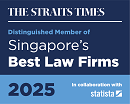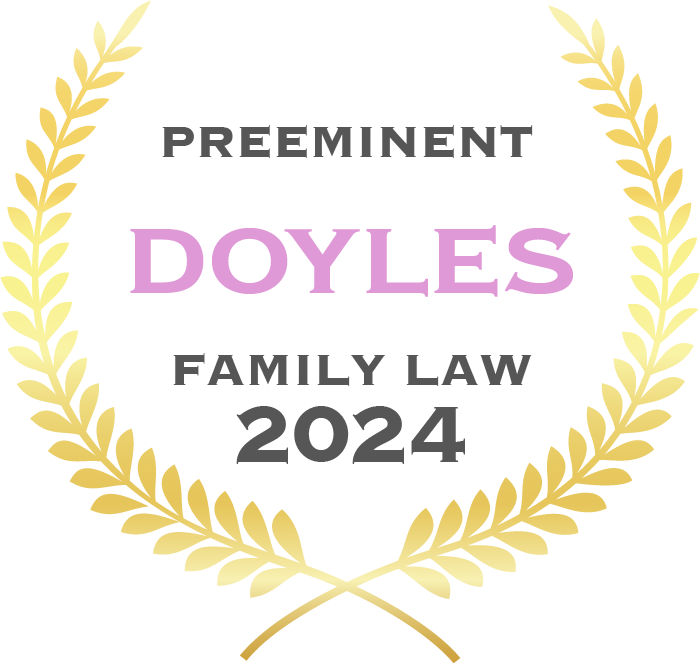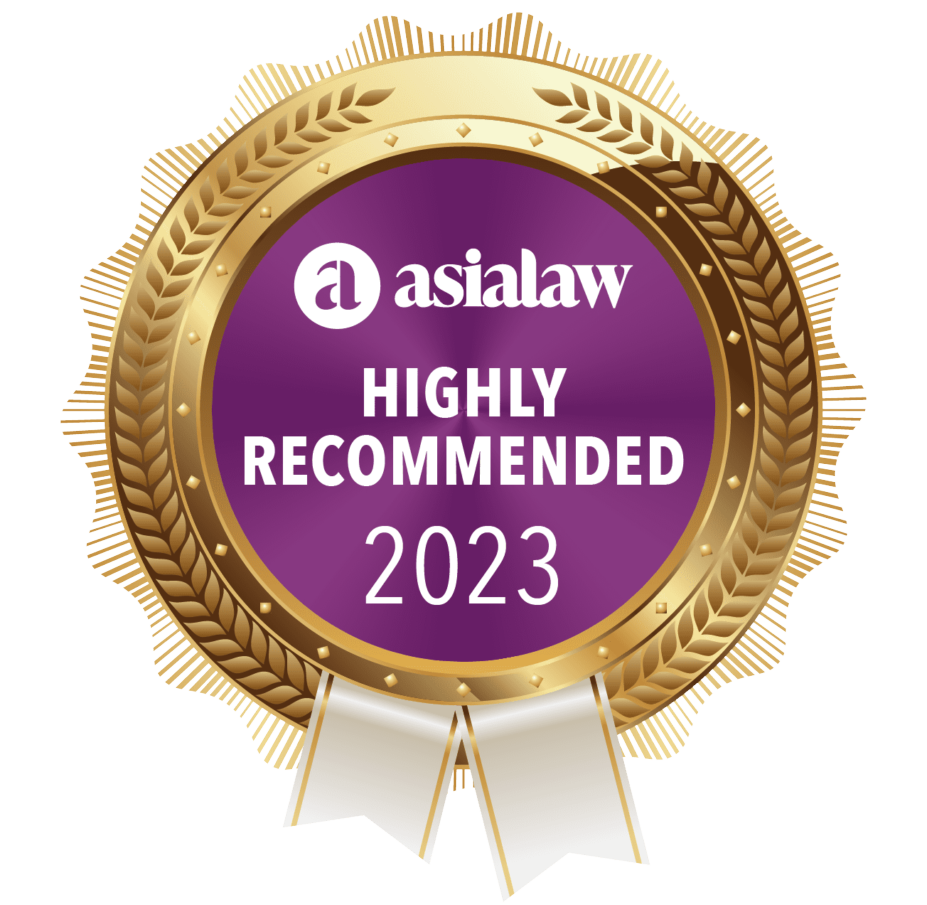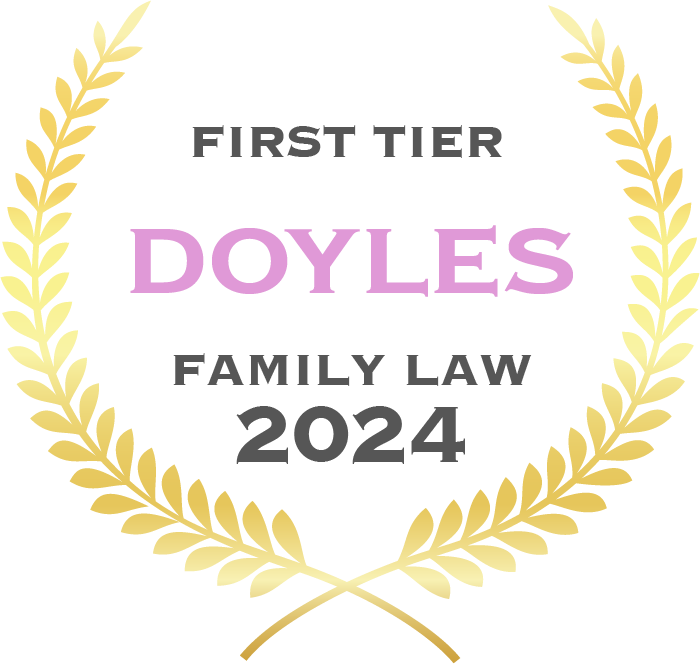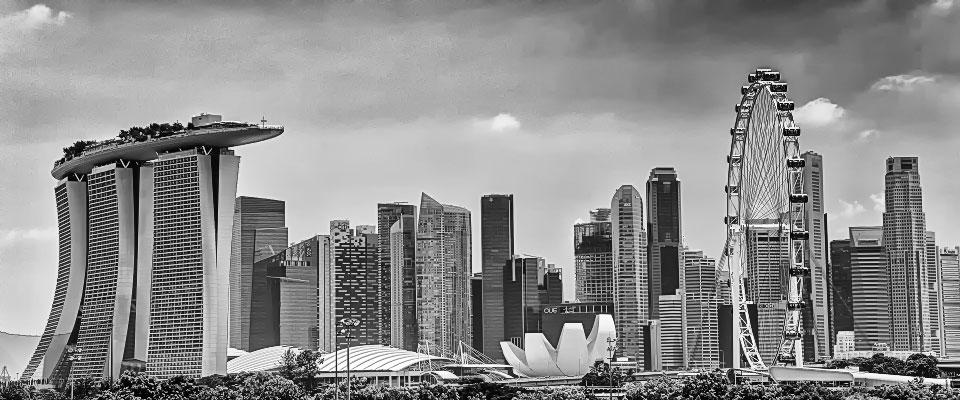Background
1. On 5th May 2021, the US announced its support for waiving patent protections on Covid-19 vaccines. This move comes as Covid-19 infections surge to an all-time high in countries such as India, which are struggling to obtain or distribute Covid-19 vaccines. To this, the patent waiver thus sought to solve the problem poorer countries face regarding their access to vaccines.
2. It is noted that following the waiver, any pharmaceutical manufacturers worldwide would be able to manufacture “similar” vaccines without infringing patent rights. With regards to the waiver, the US put forth that it would “actively participate” in negotiations at the World Trade Organisation to “hammer out the text of a waiver”, and this would “take time given the complex issues involved”.
Responses to the patent waiver
a. A patent waiver alone would not help solve the current Covid-19 pandemic
3. Following the US government’s unexpected decision to endorse the temporary lifting of patent protections on Covid-19 vaccines, the chief executive of Moderna, Stéphane Bancel, put forth that the relaxation of protections would not aid in boosting Covid-19 vaccine supplies this year and the next, with both years being regarded as the most crucial period of the Covid-19 pandemic. Prior to this, the US had rejected such a move, previously holding the view that the temporary lift of patent protection would pose a risk to the slowdown of innovation in the sector.
4. In the short term, as mentioned by European Council President Charles Michel, the US call to waive Covid-19 vaccine patents would not aid in solving the current situation and insisted that “giving […] priority […] to a discussion of intellectual property rights ‘is a false debate’”.
5. Bancel argued that presently, there are insufficient production sites or skilled workers to allow for rapid increase in the supply of mRNA vaccines such as Moderna’s. Instead, focusing efforts on the expansion of manufacturing within companies which are presently equipped with the necessary and relevant technology as well as knowledge would be the quickest and most effective way to supply the world with mRNA vaccines. This is because employees employed to carry out the production of the vaccine have to come from traditional pharma and they are “train[ed] in the art of mRNA”, wherein mRNA is what the Moderna and BioNTach are made with.
6. Chancellor Angela Merkel of Germany put forth that the limiting factors in vaccine supply were “production capacities and the high-quality standards, not the patents”, and that it was crucial for the protection of intellectual property to remain, given that it is a source of innovation.
7. Other countries including Russia, Spain and China have a positive outlook towards the US’ move. It is noted that French president Emmanuel Macron, though open to the waiver of intellectual property rights, acknowledged that in reality, however, waiver of patents is not the main solution to the pandemic. This is because countries will still be unable to manufacture vaccines if they lack the platform to do so, and this is regardless of whether intellectual property is transferred to pharma companies in other countries or not.
8. BioNTech also opposed the waiver and put forth that it would not solve current shortage in the supply of Covid-19 vaccines, further warning of the risks of opening up manufacturing to producers without mRNA experience given that the manufacturing process of mRNA is a complex one.
b. Patent waiver may bring more harm than good
9. Merkel warned that the waiver could possibly “harm efforts to adapt vaccines as the coronavirus mutates”, and that the waiver is not the solution to provide greater access to vaccines. Merkel hence saw more risks than opportunities, and that it would possibly result in “serious implications” for worldwide vaccine production.
10. It is also noted that the foreign minister of Brazil, who opposed the waiver proposal, put forth that the biggest obstacle of vaccination access is the “material limits of production capacity”, and that “vaccines are almost impossible to copy, in the short or medium term, without the support of the laboratories that developed them – even with the aid of the patent”. This infers that there is a risk that vaccines, when manufactured in countries lacking the necessary expertise, may put the receivers of their vaccine at risk.
c. The problem would be best solved by boosting US vaccine exports
11. In comparing the EU’s and the US’ approach, it is noted that Europe is the only democratic region worldwide that exports vaccines on a large scale, and this is in stark contrast to the US, which is a large vaccine-producing county but has instead “reserved most of its homegrown vaccines for domestic use”.
12. To this, the EU leaders called for US President Joe Biden to start boosting US vaccine exports to contain the global Covid-19 crisis, insisting that it was the “most urgent” move needed, instead of the waiver. Macron urged the US to lift the “ban on exports of vaccines and on components of vaccines that are preventing them from being produced”.
13. Macron sought to further compel the US to lift such bans by citing an example of the inability of CureVac, a German company, to produce a vaccine in Europe following the blockage of the necessary components in the US. Presently, the US has yet to lift the ban on exports of American-made vaccines to allow its people to receive the vaccine first.
14. Although European Commission president Ursula von der Leyen had no issues with the US’ move and that the EU was “ready to discuss how the proposal could help address the current crisis in an effective and pragmatic manner”, she insisted that “the priority was for vaccine-manufacturing countries to lift barriers to exports and address supply chain interruptions”.
d. The free exchange of vaccine ingredients is encouraged
15. Merkel also hoped that there would be a “free exchange of vaccine ingredients” given that large parts of the American population have at this present moment, been vaccinated. This would allow EU, the world’s leading Covid-19 vaccine provider, to be able to continue exporting a large part of its European vaccine production to the world. The EU has not only granted vaccination access to around 446 million of its population, but it has also allowed the vaccine to be exported abroad to around 90 countries.
Key Takeaways
16. Presently, it seems that the patent waiver is not ultimate solution to the problem, and neither will it aid in increasing the rate of vaccine production in the less developed countries. This is due to the fact that there are other factors which may also affect the problem at hand. Further, it does seem that parties may take quite sometime before a decision is reached on the patent waiver given the complex issues surrounding it.
17. Considering that the patent waiver may have other effects in the long run as well, parties’ focus should be instead directed at exploring and determining how the more developed countries could increase their production or donation of Covid-19 vaccines to the countries who presently do not have access to the vaccines. This will most likely be the immediate solution to aid the urgent problem as discussions on the patent waiver remains underway.
18. To this, the EU has urged developed nations to increase vaccine donations to poorer countries. It is noted that European Commission Present Ursula von der Leyen expressed willingness in discussing the aspect on vaccine donations further. However, a comprehensive view on it would be required.
19. Additionally, BioNTech put forth that they are presently in collaboration with various organisations to support worldwide vaccine supply, providing low and lower middle-income countries with their vaccines at a not-for-profit price.
20. Here, we also note the economic effect of the waiver, wherein Matthias Kromayer, a general partner at the venture capital firm MIG, one of BioNTech’s earliest investors, put forth that a patent waiver would discourage future investments in the sector. This is following the fact that private investors will have a decreasing willingness to invest in such companies in the long run.
21. Ultimately, it all points to a delicate balancing exercise, wherein parties will need to consider the various aspects of the pros and cons in a thorough manner given that a patent waiver will affect the interests of different parties in a varying degree. In the meantime, it is of utmost importance to take immediate action which does not require consideration of complex issues to address the shortage of vaccines in the less developed countries given the urgency of the problem at hand.
For further information, contact:
Esther Wee
Head of IP
Harry Elias Partnership LLP
estherwee@harryelias.com
+65 6361 9350
Tan Weiyi
Partner
Harry Elias Partnership LLP
weiyitan@harryelias.com
+65 6361 9376
Supporting Team Member
Daniel Yap
Trainee
Harry Elias Partnership LLP
danielyap@harryelias.com


